View all Standards for Common Core
CCSS.ELA-LITERACY.CCRA.L.4 Determine or clarify the meaning of unknown and multiple-meaning words and phrases by using context clues, analyzing meaningful word parts, and consulting general and specialized reference materials, as appropriate.
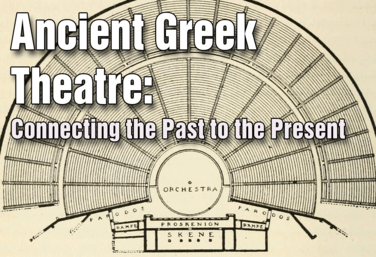
Ancient Greek Theatre
by Lindsay Price
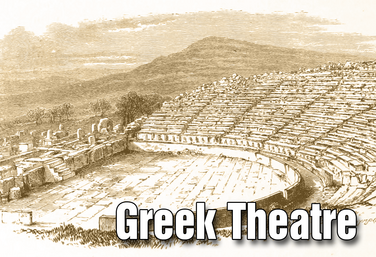
Part of the Drama One Curriculum
Ancient Greek Theatre
by Karen Loftus

Part of the Drama One Curriculum
Commedia Dell'Arte
by Karen Loftus
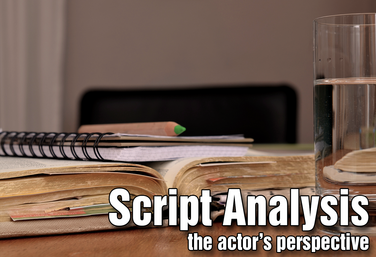
Part of the Drama One Curriculum
Script Analysis: The Actor's Perspective
by Karen Loftus
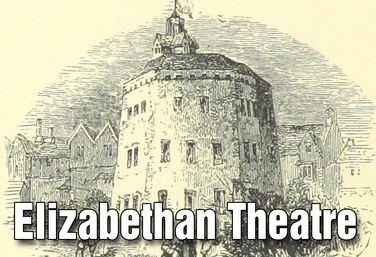
Part of the Drama One Curriculum
Elizabethan Theatre
by Karen Loftus
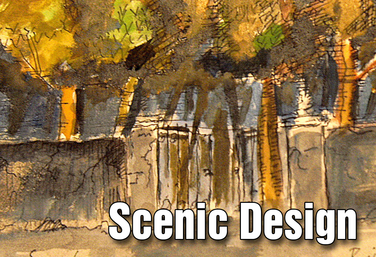
Part of the Drama One Curriculum
Scenic Design
by Karen Loftus
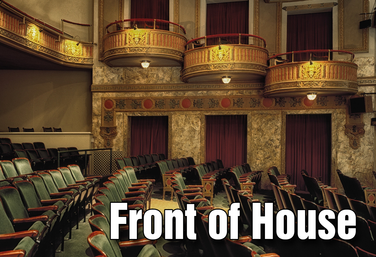
Part of the Drama One Curriculum
Front of House
by Karen Loftus
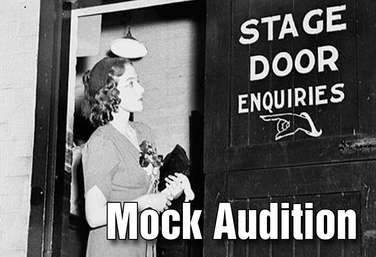
Mock Audition
by Lindsay Price
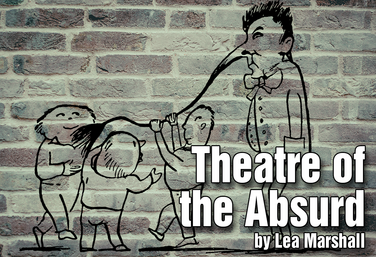
Theatre of the Absurd
by Lea Marshall
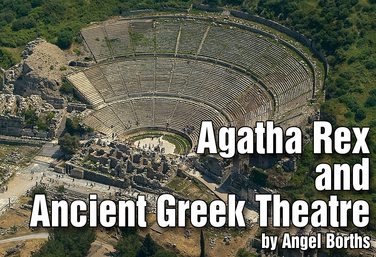
Agatha Rex and Ancient Greek Theatre
by Angel Borths
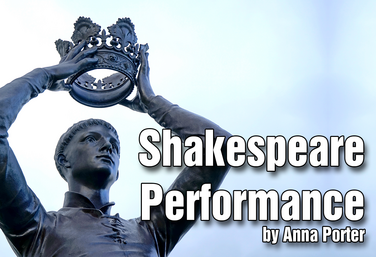
Shakespeare Performance
by Anna Porter
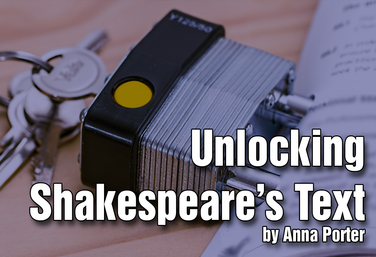
Unlocking Shakespeare's Text
by Anna Porter
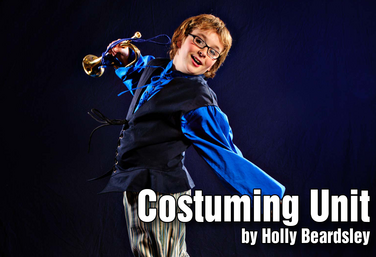
Costuming
by Holly Beardsley
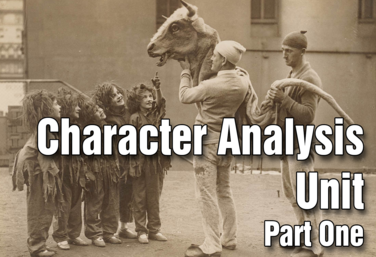
Part of the Drama Two Curriculum
Character Analysis - Part 1
by Matt Webster
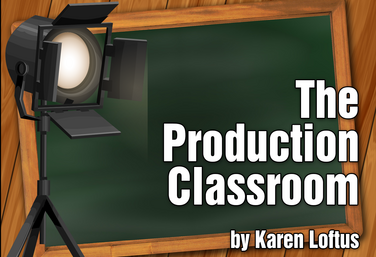
Part of the Production Classroom Units Curriculum
Production Classroom Units Overview
by Karen Loftus

Part of the Production Classroom Units Curriculum
Part One - Pre-Production
by Karen Loftus

Part of the Production Classroom Units Curriculum
Part Two - Rehearsal and Performance
by Karen Loftus

Part of the Production Classroom Units Curriculum
Part Two - Documents
by Karen Loftus

Part of the Production Classroom Units Curriculum
Part Three - Reflection and Assessment
by Karen Loftus

Part of the Distance Learning Curriculum
Mock Audition
by Lindsay Price
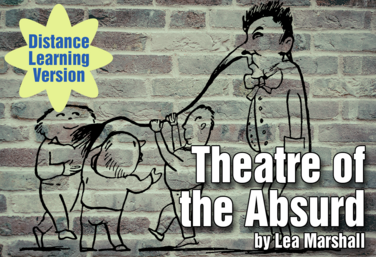.png)
Part of the Distance Learning Curriculum
Theatre of the Absurd
by Lea Marshall
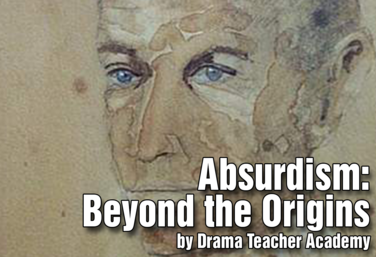
Absurdism: Beyond the Origins
by Drama Teacher Academy

Spoken Word Poetry
by Quincy Young
Part of Mock Audition Unit
Introduction to the Audition Process
by Lindsay Price

Basic Lighting for Drama Teachers
by Claire Broome

The Production Classroom
by Karen Loftus
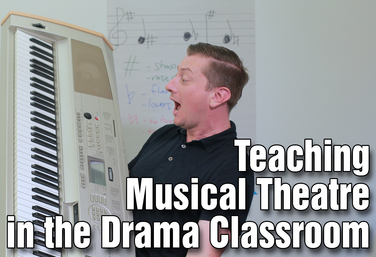
Teaching Musical Theatre in the Drama Classroom
by Colin Oliver
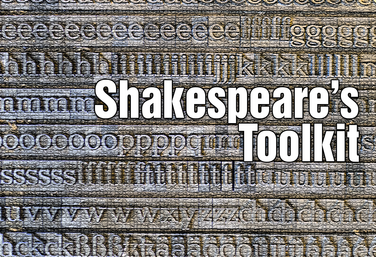.png)
Shakespeare's Toolkit
by Todd Espeland

21st Century Skills Through Devising
by Allison Williams
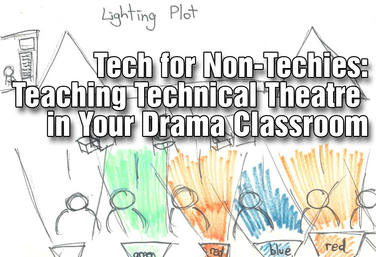
Tech for Non-Techies: Teaching Technical Theatre in Your Drama Classroom
by Josh Hatt
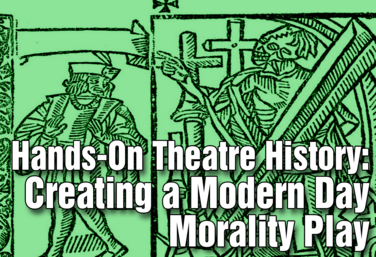
Hands-On Theatre History: Creating a Modern Day Morality Play
by Wendy-Marie Martin
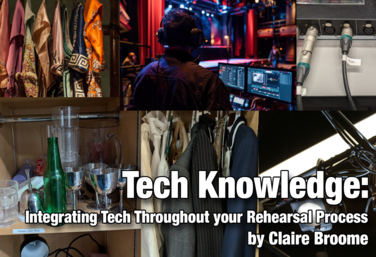
Tech Knowledge: Integrating Tech Throughout Your Rehearsal Process
by Claire Broome